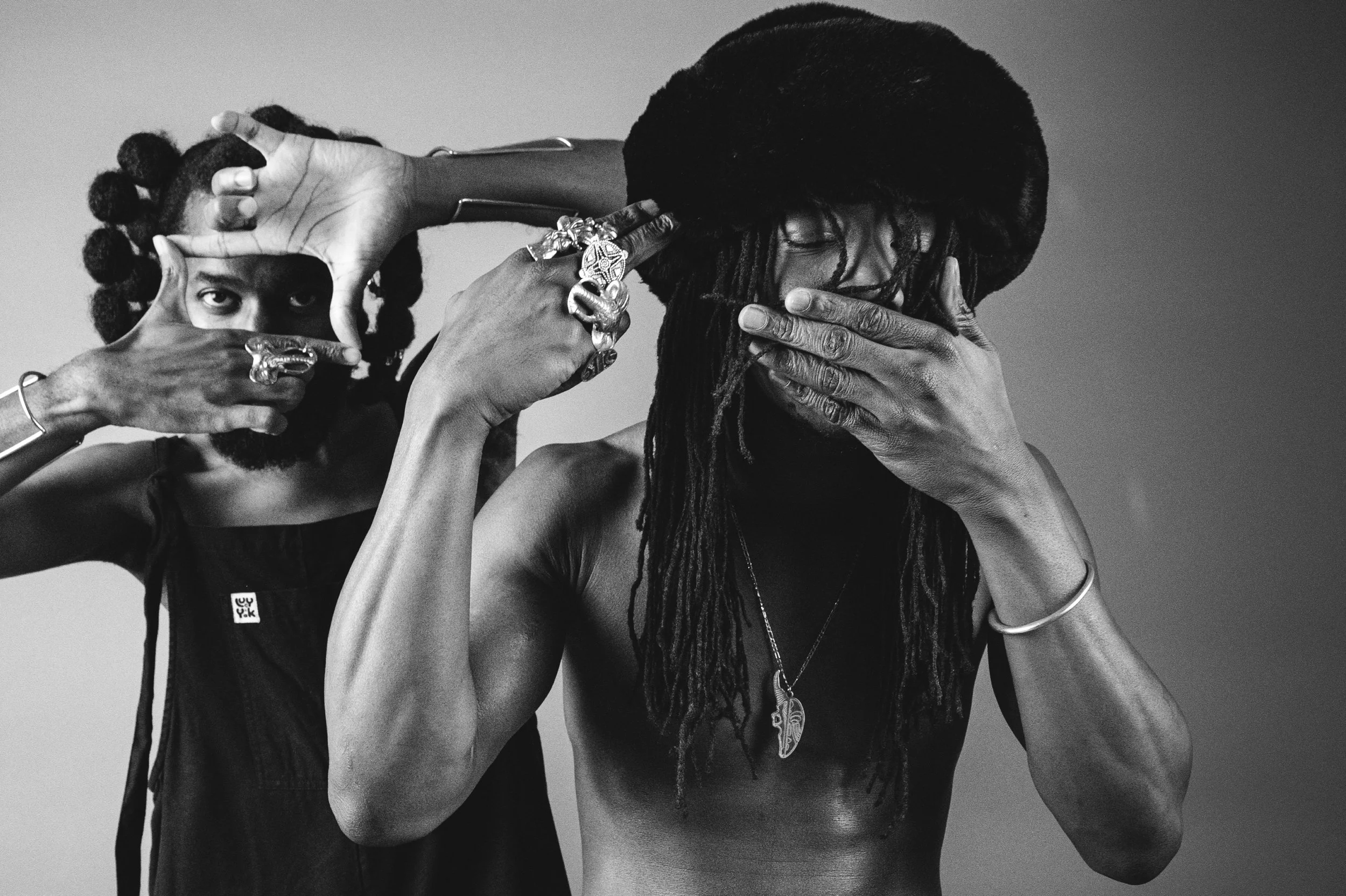Brixton: Sound Systems & Social Shifts
In Brixton, music isn’t background — it’s architecture. It builds memory, holds grief, and pulses with joy.
The legacy of Brixton’s sound systems is woven into the fabric of its streets. From the thunderous bass of reggae parties in the 1970s to the grime cyphers echoing through community centres today, sound has always been a form of resistance here — a way to claim space, tell stories, and gather.
The influence of the Windrush generation is unmistakable. Their arrival brought ska, calypso, and dub to London’s doorstep, and Brixton became a sonic sanctuary. Venues like The Fridge and Hootananny carried the torch, hosting nights that blurred genre and generation. Even today, the echoes of those rhythms shape the beats of emerging artists.
But the soundscape is shifting. Spoken word nights at Brixton Jamm, jazz improvisations at The Ritzy, and experimental sets in pop-up venues reflect a new wave of cultural fusion. Music here is no longer just Caribbean or British — it’s diasporic, hybrid, and defiantly local.
merging Voices: Brixton’s Sonic Architects
One of the most compelling new voices is Kadeem Tyrell, a Brixton-born soul singer whose smooth vocals and introspective lyrics channel the emotional depth of the city. His sound — a blend of neo-soul and UK R&B — feels like a quiet revolution.
Then there’s MC Angel, a spoken word artist and rapper whose performances often touch on gender, class, and urban identity. Her work is raw, rhythmic, and rooted in lived experience — the kind of voice that turns a mic into a mirror.
Also rising: Steam Down, a collective of musicians based in nearby Deptford but deeply connected to Brixton’s creative energy. Their weekly jam sessions fuse jazz, Afrobeat, and grime, creating a communal sound that’s as much about healing as it is about hype.
These artists are not just making music — they’re shaping Brixton’s emotional landscape, one verse, one beat, one bassline at a time.

